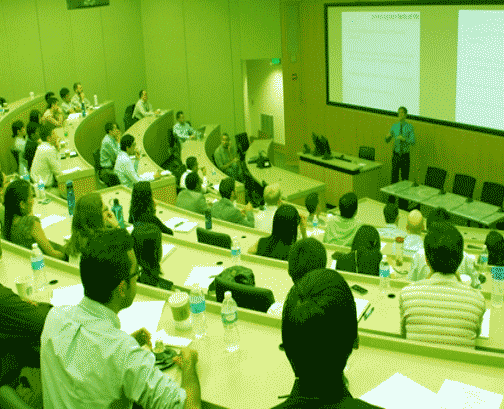My teaching experiences in both university and skill courses have demonstrated to me that teaching is my passion. Not only do I derive a great deal of personal satisfaction in teaching, but I am consistently amazed by how much I can learn from the act of teaching. I value student learning, and so in my teaching, I reflect on student feedback. I feel that learning should be the focus, rather than teaching, and that as a teacher, my role, in some instances, is to create an environment where learning can take place.
In my discipline of civil engineering, I try to help my students develop a combination of basic skills necessary for civil engineers, and higher-level critical thinking and creative skills. Engineering students need to develop critical thinking skills, the ability to find and evaluate information, and the ability to communicate and work with others, both in their professional lives and as members of the general community. In terms of Pratt’s teaching perspectives, I hold the apprenticeship and developmental perspectives. Some students have an inherent desire to learn and understand the world around them, and for this select group of learners, the abstract theory is sufficient to inspire interest. However, most students learn much better if there is a real-world application to the knowledge being presented. I aspire to offer real-world applications for the theory so that students have an incentive to learn the material (aside from simply striving to pass the course!). Student feedback on surveys consistently includes positive responses to the applications I present in class. I believe that one of the most effective teaching methods in higher education is the student-centered approach. Student-Centered Learning (SCL) refers to the learning model in which students are positioned as the center of the learning process, so the content, activities, and the pace of learning would be influenced by them. Through assigning open-ended problems, the SCL approach helps learners to be creative and critical in solving them. It also treats students as co-creators in creating content whom their ideas and points of view deserve attention. Moreover, it helps students getting more engaged and providing a learning environment in which not only they would receive feedback from the teacher but also trigger and re-structure their knowledge and learnings by giving feedback to their own work and their classmates. Furthermore, it leads to active learning as collaborative learning.
I feel that it is critical to use engaging activities in formal class time. As engineering instructors, one of our roles is to introduce students to the technical language and accepted practices of our discipline. Studies on retention rates generally find that students retain very little of the content of lectures unless supplemented by other activities. In contrast, group activities and design projects develop practical skills that are retained much longer.
I try to use technology as a learning tool. Engineering education has developed to a point where technology plays a significant role in its practice. From an educator’s perspective, there is often a need to find methods to allow students to visualize concepts that may otherwise be abstract. During lectures, I try to use several methods, including Java tutorials, computer animations, and computer simulations. This also allows me to teach students with differing learning styles. More than half of the class time is usually used for in-class assignments, the majority of which require the use of industry-standard computer-aided design tools that offer the students a chance to see effects and design circuits that would be difficult or impossible to do by hand.
Finally, I believe in the importance of professional skills in engineering graduates. Industry surveys and alumni experiences recount the importance of communications, design ability, team skills, and project management skills in successful engineers.

